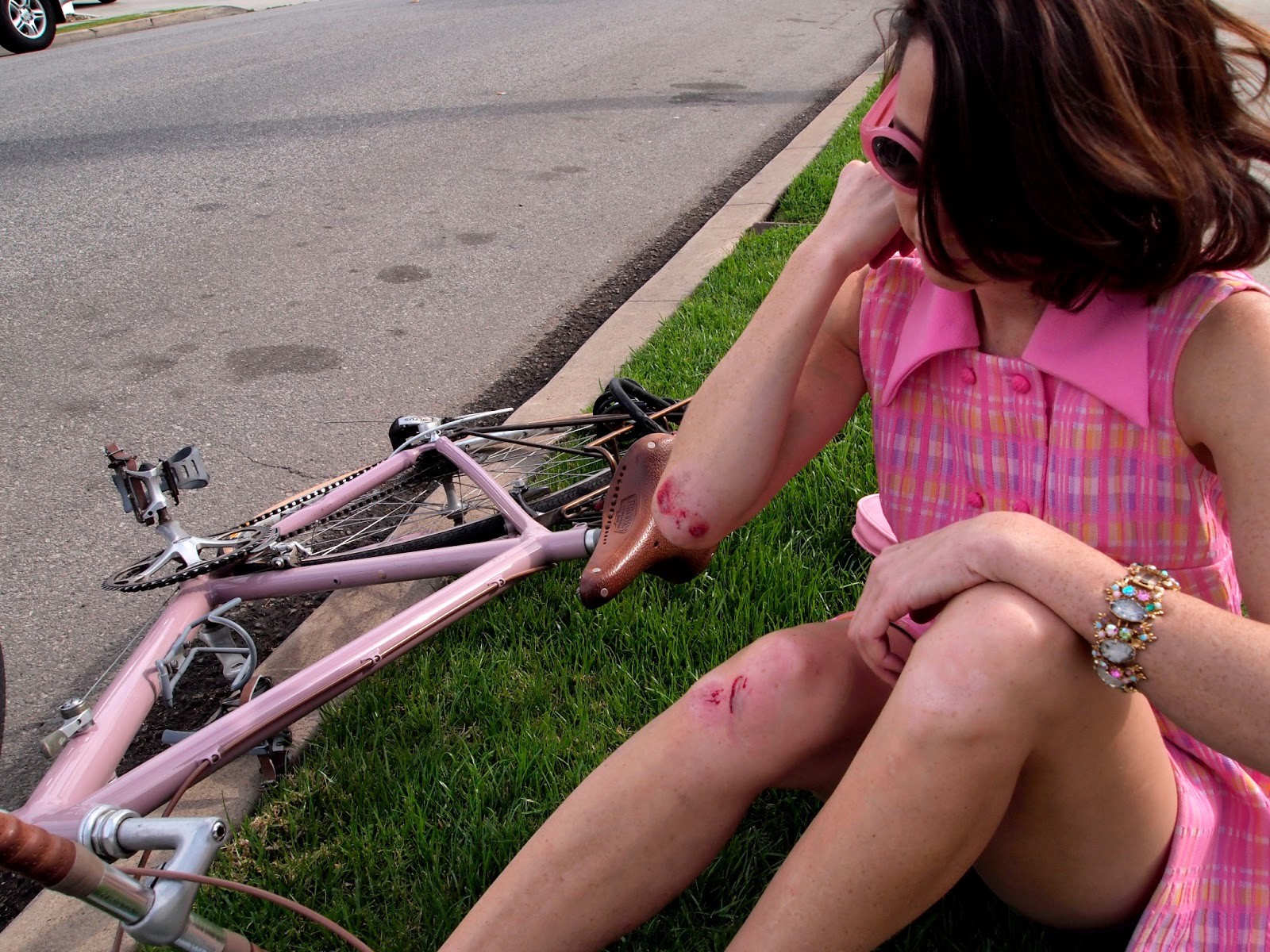As gas prices soar, people throughout the United States are looking for more economical means of transportation. For many people, this includes riding a bicycle. And, while bicycling is great for the environment, and can be good for your health, it also carries with it inherent risks. Each year in the United States, thousands of people are injured, or even killed, in bicycle v. automobile accidents.
As San Antonio injury lawyers, we have seen plenty of bicycle injuries, many of which are very serious in nature. In fact, we recently helped a client who had be struck by a car due to a negligent driver who was text messaging while driving. Our client suffered several herniated discs in his neck, and a concussion.
In a bicycle v. motor vehicle collisions, obviously the bicycle rider will suffer the greatest harm because, like motorcycle accidents, bicycle riders are offered little protection against the impact of the collision, as well as the impact with the road. In fact, this lack of protection puts bicycle riders at a substantial risk for severe injuries, such as broken bones, concussion, and even traumatic brain injuries (TBIs).
Texas, and other states with sunny weather year-round, such as Florida, and California, have an increased amount of bicycle v. motor vehicle related injuries. And, while bicycle accidents may occur in many different situations, we have found that the most common situations that give rise to a bicycle accident are as follows:
1. Left Side Approaches. A common scenario giving rise to a bicycle injury is when bicyclists approach a motor vehicle on the left side, such as when a car is exiting from a side street, or passing a vehicle on the left hand side, with the motor vehicle being to the right of the bicyclist. However, there are some things you can do to minimize the risk of collision in these scenarios:
a. Give extra space by moving further to the left, which allows more room between the vehicle and bicyclist.
b. Use a headlight, even in daytime driving.
c. Try to make eye contact with the driver of the vehicle to ensure they are aware of you.
2. Opening Doors. Vehicles parked along a street seldom look before flinging their car door open to exit the vehicle. When this happens, it’s extremely difficult for a bicyclist to stop in time to avoid hitting the open door, and in many cases, an evasive maneuver leads to a serious accident as well. Bicyclists can avoid these types of dangers by being aware of the danger, and allowing for extra space, making sure to look for drivers who may be exiting their vehicles.
3. Sidewalks. At first thought it might seem like riding your bicycle on the sidewalk would be safer than on the roadway, however, cars are more likely to strike bicyclists as they cross driveways or crosswalks, especially for motorists making right-hand turns. Therefore, out of an abundance of caution, bicyclists should utilize bicycle lanes where appropriate and the right side of the right hand lane. Also, bicyclists should always drive in defensive mode, staying alert for inattentive drivers, especially at intersections and driveways.
4. Riding Against the Flow of Traffic. Many people assume that it’s safer to ride against the flow of traffic because it’s easier to spot oncoming cars. However, drivers making right hand turns are much more likely to strike a bicyclist riding against the flow of traffic. Therefore, bicycle safety experts overwhelmingly agree that it’s better to ride with the flow of traffic than against it.
5. Beware of Blind Spots. Bicyclists also must be aware not to “hang-out” in motorists blind spot. This is especially true when at stop signs, and traffic lights. Riding in a driver’s blind spot puts cyclists at high risk of being struck by a car making sudden land change or turn.
For information on how to proceed if you’ve been injured in a car and bicycle accident, contact our San Antonio car accident attorneys today.
